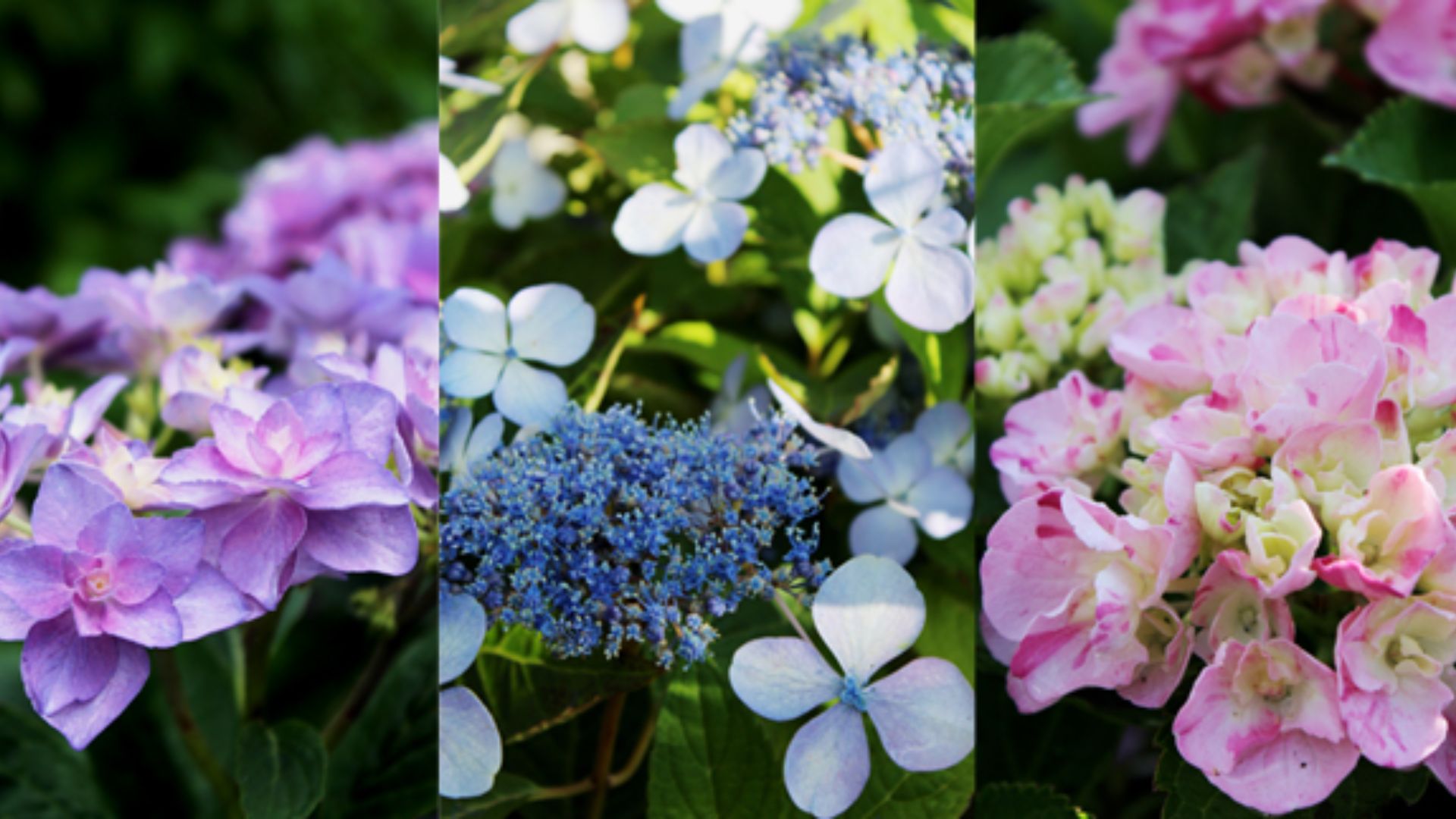
Hydrangeas are a beloved addition to many gardens, known for their stunning blooms and versatility. In Michigan, where the climate can be both beautiful and challenging, these flowering shrubs thrive, adding color and charm to landscapes. Whether you’re a seasoned gardener or a newcomer to horticulture, understanding how to cultivate hydrangeas in Michigan will enhance your garden and ensure vibrant blooms for years to come.
Why Are Hydrangeas Perfect for Michigan Gardens?
Hydrangeas are well-suited to Michigan’s diverse climate, which ranges from humid continental to temperate. They can adapt to various soil types and conditions, making them a favorite among gardeners. With their ability to bloom in shades of blue, pink, white, and purple, hydrangeas provide endless opportunities for color coordination in your garden. Moreover, they offer an extended blooming season, typically from late spring through fall, ensuring that your garden remains vibrant throughout the growing season.
Choosing the Right Hydrangea Varieties
1. Bigleaf Hydrangea (Hydrangea macrophylla): Known for its large, round flower clusters, Bigleaf hydrangeas are available in both mophead and lacecap varieties. Their colors can be influenced by soil pH, with acidic soils producing blue flowers and alkaline soils yielding pink blooms. These hydrangeas prefer some protection from harsh afternoon sun, making them ideal for partially shaded spots in your garden.
2. Panicle Hydrangea (Hydrangea paniculata): This variety is particularly hardy and thrives in Michigan’s climate. Panicle hydrangeas have conical flower heads that start white and turn pink as they mature. Varieties like ‘Limelight’ and ‘Quick Fire’ are known for their robust growth and stunning displays, making them great focal points in any landscape.
3. Smooth Hydrangea (Hydrangea arborescens): The Smooth hydrangea is known for its resilience and adaptability. Varieties such as ‘Annabelle’ feature large, white blooms that can reach up to a foot in diameter. They are excellent for creating informal hedges or borders and thrive in various soil types.
4. Oakleaf Hydrangea (Hydrangea quercifolia): This unique variety stands out for its oak-shaped leaves and stunning fall color. The creamy white blooms turn pinkish as they age, adding seasonal interest. Oakleaf hydrangeas are also drought-tolerant once established, making them an excellent choice for low-maintenance gardens.
Planting and Care Tips
To successfully grow hydrangeas in Michigan, follow these essential planting and care tips:
1. Site Selection: Choose a location that offers partial sun to shade. While some varieties can tolerate full sun, they may need protection from the harsh afternoon rays, especially in warmer months.
2. Soil Preparation: Hydrangeas prefer well-drained, nutrient-rich soil. Incorporate organic matter, such as compost, to improve soil structure and fertility. Conduct a soil test to determine pH levels and adjust accordingly, especially for Bigleaf hydrangeas, which are sensitive to soil pH.
3. Watering: Hydrangeas require consistent moisture, especially during their first growing season. Water them deeply to encourage strong root development. Once established, they are relatively drought-tolerant but still benefit from regular watering during dry spells.
4. Pruning: Pruning hydrangeas depends on the variety. Bigleaf and Smooth hydrangeas bloom on new wood, so prune them in late winter or early spring before new growth begins. Panicle and Oakleaf hydrangeas bloom on old wood, so prune them after they finish blooming in late summer.
5. Mulching: Applying a layer of mulch around your hydrangeas helps retain soil moisture, suppress weeds, and maintain a stable soil temperature. Use organic mulch like wood chips or bark, which will also improve soil quality as it breaks down.
Common Challenges and Solutions
While hydrangeas are relatively low-maintenance, they can face challenges in Michigan’s climate. Here are some common issues and how to address them:
– Frost Damage: Late spring frosts can damage budding flowers. To mitigate this, choose varieties that bloom later in the season, or protect your plants with burlap during unexpected cold snaps.
– Pest Problems: Aphids and spider mites can occasionally affect hydrangeas. Regularly inspect your plants and treat infestations with insecticidal soap or neem oil if necessary.
– Leaf Spot: This fungal disease can cause unsightly spots on leaves. Ensure proper air circulation around your plants by spacing them adequately and avoiding overhead watering to reduce humidity around foliage.
Conclusion
Hydrangeas are a stunning and versatile choice for Michigan gardens, offering breathtaking blooms and adaptability to various conditions. By selecting the right varieties from English Gardens, preparing your garden properly, and providing consistent care, you can enjoy vibrant hydrangeas throughout the growing season. Whether you’re looking to create a colorful border, a lush backdrop, or a focal point in your landscape, hydrangeas are sure to brighten your outdoor space and bring joy for years to come.
